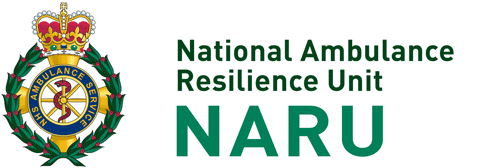What is a second victim?
Second victims are healthcare providers who are involved in an unanticipated adverse patient event, in a medical error and/or a patient related injury and become victimized in the sense that the provider is traumatized by the event.
Frequently, these individuals feel personally responsible for the patient outcome. Many feel as though they have failed the patient, second guessing their clinical skills and knowledge base.
The vision for Second Victim Support
Second Victim Support recognises the impact that a significant incident has on the healthcare providers involved. Whilst the patient and their family are always the priority, the Second Victim website seeks to help Second Victims identify the types of support they may need, and signpost them towards that help.
It advocates for a safety culture where patient safety incidents are managed in a way that enables learning and improves systems, founded on evidence.
- For second victims: a place of recognition that you are not alone in your experience; signposting to sources of help; signs to look out for that your health or ability to work is being affected by your experience; frequently asked questions about the investigation process.
- For managers and colleagues: insight into the impact of patient safety incidents on clinicians; help with preparing staff to cope with patient safety incidents; signposts to available sources of help and guidance.
- For organisations: an understanding of the impact of safety culture on significant incidents; case studies of organisations who have implemented second victim support systems
The website was designed as a resource for clinicians who are involved in a patient safety incident, their colleagues and the organisations they work for. It has been developed by a team from the Yorkshire Quality and Safety Research Group and the Improvement Academy.
It is supported by the National Institute for Health Research (NIHR) Yorkshire and Humber Patient Safety Translational Research Centre. The team includes researchers, academics, and clinicians from a range of backgrounds including psychology, nursing, medicine and allied health professions.


